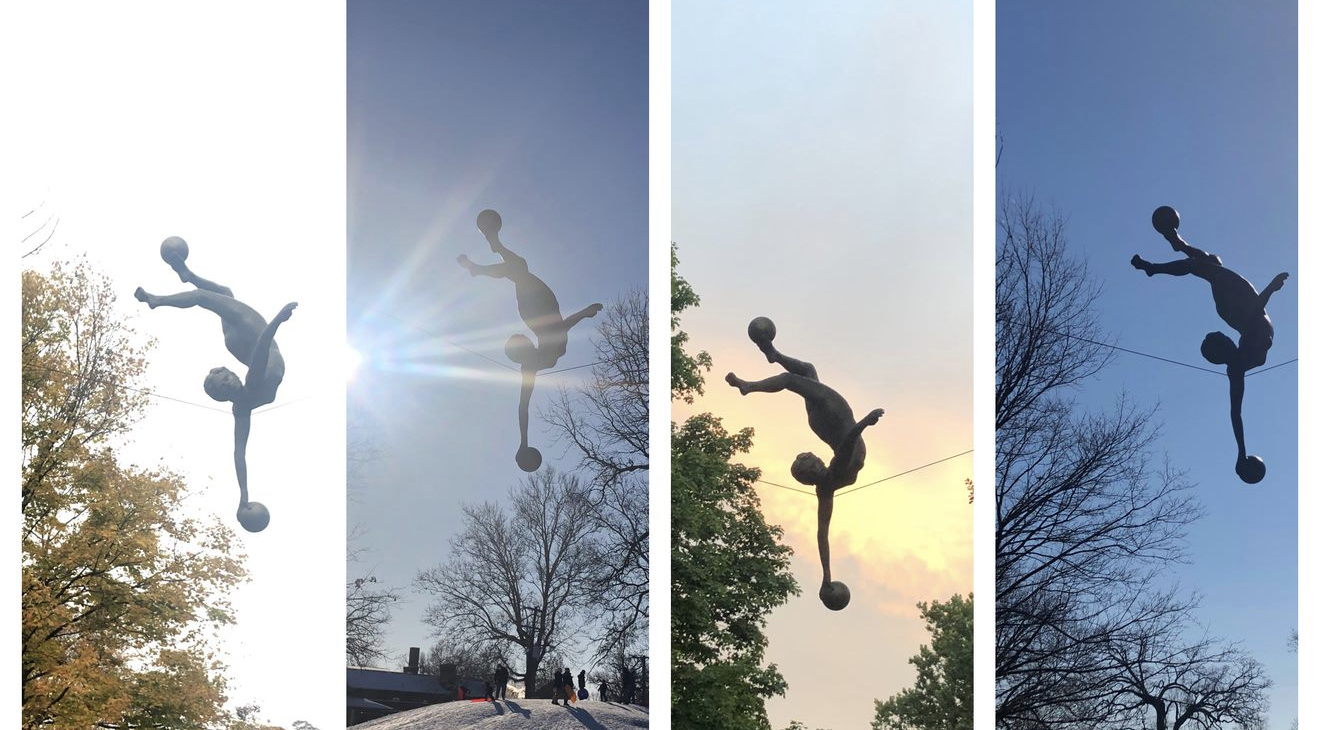In November 2019, a traveling exhibit descended on my neighborhood park in German Village in Columbus, OH. I didn’t need an extra reason to visit the park, but I was excited by the “suspension sculptures,” designed by Polish artist Jerzy Jotka Kedziora, that would be hanging from the trees in Schiller Park for the next six months.
As March 2020 came along, and I prepared to bid them farewell, the global Pandemic turned our lives upside down. The Polish artist was unable to retrieve the sculptures, and they were stuck here in Ohio.
Just like me.
As the isolation of the Pandemic kicked into high gear, my once-regular walks to Schiller Park became daily, and sometimes twice daily. In an effort to keep calm and healthy, I forced myself to go on walks as often as possible, despite the weather, and the sculptures in Schiller Park became my “Pandemic pod.” By now, I have seen them in each season, with every kind of sky and sunlight you can imagine, and in every mood of my own as well.
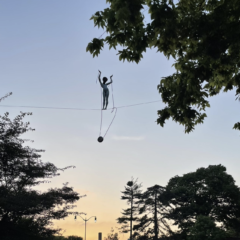 At the start of the Pandemic, I felt like these sculptures. Far away from the norms of everyday life, suspended in time, stuck in one place. While they brought me (and many others!) great joy, they also exemplified just how distant – socially and physically – I felt from so much of my life, including my work.
At the start of the Pandemic, I felt like these sculptures. Far away from the norms of everyday life, suspended in time, stuck in one place. While they brought me (and many others!) great joy, they also exemplified just how distant – socially and physically – I felt from so much of my life, including my work.
By nature, the impact of my work is distant. As the Director of the Wexner Field Fellowship (WFF), I have the great honor of designing a curriculum to empower 45 professionals at a time to better exercise leadership. On my best days, I get to work one-on-one with individual fellows to support their professional development goals. All my work helps our Fellows and Alumni be the best versions of themselves so that they can achieve their goals for the Jewish community. I share in their success, but I am far from it.
And I felt even further away as the Pandemic went on and the Field Fellowship program moved forward. We held a virtual WFF Institute on Zoom. We did it again. And then again. As the weeks changed to months and then years, I felt so far away from my work – the Field Fellows – and that much further from their work – the Jewish communities they lead.
I was suspended high in the trees. Stuck, in Ohio.
As we approached the two-year mark of the start of the Pandemic, we began to plan – carefully, safely, and with refundable airline tickets – for our first in-person Institute in two years. The WFF Spring Institute 2022 was held in the same hotel in March 2022 as it had been held in March 2020, as the Pandemic was starting to spread in the U.S., but before the lockdown.
Being together this past March was surreal. Many of the same people gathered in the same hotel and the blip of the last two years felt like a time warp. But for me, and many of the fellows there, it was unbelievably energizing to be proximate with each other again. An extrovert at heart, I was so happy to be around a large group of people. But more importantly, being face-to-face (masked!) with the current classes of Wexner Field Fellows reminded me why they do what they do and therefore why I do what I do.
As I write this piece in June 2022, three months after our in-person Institute and still riding the high from it, the sculptures in Schiller Park were just taken down by the Polish artist who first installed them. I knew it was coming, but I did not expect (THE GREAT JOY!) to stumble through the park on the very day they were being removed. For the first time in 2.5 years, I was proximate with these sculptures, just as I had the opportunity to be with our fellows a few months earlier!
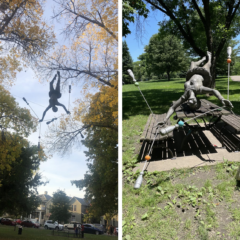 It was incredible to see them up close, resting on the grass under the trees, and to realize how different they look when they aren’t hanging up high between two trees or set up in the exact way that the artist wanted us to see them and without the backdrop of the sky, sun, trees, and weather. I learned that many others in my neighborhood loved them as much as I did – so much so that they raised money for five permanent suspension sculptures to stay in the park.
It was incredible to see them up close, resting on the grass under the trees, and to realize how different they look when they aren’t hanging up high between two trees or set up in the exact way that the artist wanted us to see them and without the backdrop of the sky, sun, trees, and weather. I learned that many others in my neighborhood loved them as much as I did – so much so that they raised money for five permanent suspension sculptures to stay in the park.
Shortly after the sculptures came down, we read Parashat Shelach, and I began thinking about the scouts that went to scope out Canaan. When they came back and reported “we looked like grasshoppers to ourselves, and so we must have to them” (Numbers 13:33), I couldn’t stop thinking about perspective of size. Just like the sculptures up close on the ground look so different from afar – and much larger! – so too did the scouts feel that the people in the land of Israel, far away, were giants. And similarly, my perception of our fellows’ important work was skewed when it was far away from me. More than pre-Pandemic, I appreciate the value of getting closer to something in order to better understand it. 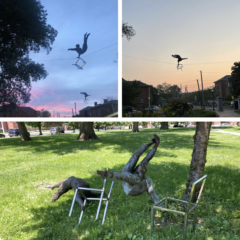
Canaan was the far-away unknown. As we prepare to emerge from the Pandemic and into yet another unknown, I relate to the Israelites who heard the report about the giants and responded: “If only we had died in the land of Egypt” (Numbers 14:2). While Egypt and the Pandemic enslaved us, we also knew exactly what to expect.
At our Spring Institute this past March, it had been two years since we were up close, together in person. Now that I got a taste of it, and of being proximate with our fellows, I am eager for more in-person gatherings. While I sometimes value looking at our fellows’ work from high up in the trees (higher than “on the balcony,” no doubt!), suspended above, I hope that for the most part, I will continue to see them up close, support their impact and experience first-hand the work they do with their communities – with my own eyes, without having to rely on a scout’s perception, or on one sculptor’s positioning of his art in the trees.
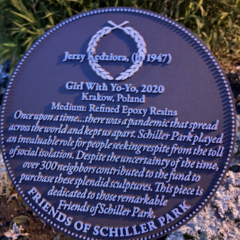
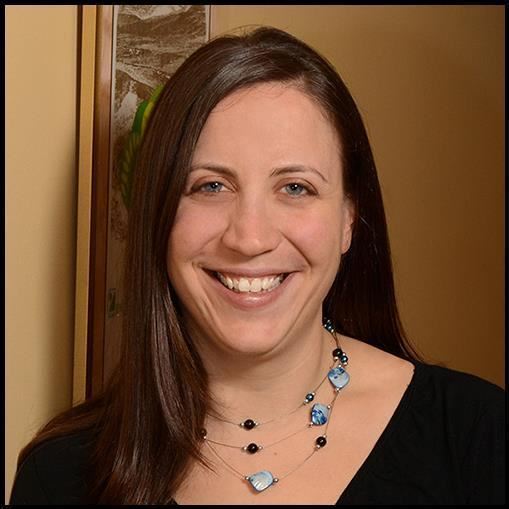
Photos provided by the author
Get To Know The Author
WGF/DS Alum Ruthie Warshenbrot (Class 23) is the Director of the Wexner Field Fellowship.
